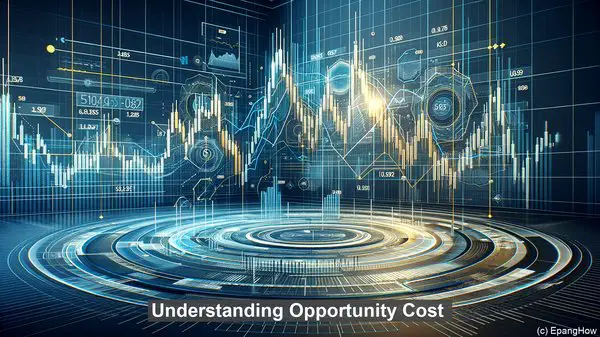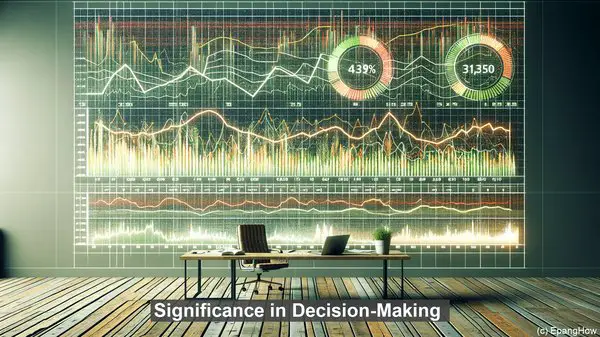Introduction: The Economics of Choice
Hello everyone! Welcome to our article on the intriguing concepts of Production Possibility Frontier and Opportunity Cost. In the realm of economics, every decision involves trade-offs. These concepts help us understand the intricacies of those trade-offs and their implications. So, let’s get started!
Defining the Production Possibility Frontier (PPF)
The Production Possibility Frontier, often abbreviated as PPF, is a graphical representation of the maximum output an economy can produce given its resources and technology. It shows the different combinations of two goods or services that can be produced efficiently. The PPF is typically depicted as a curve, showcasing the trade-offs between the production of one good/service and the other. It’s a powerful tool to analyze resource allocation and efficiency.

Understanding Opportunity Cost
Opportunity Cost, on the other hand, is the value of the next best alternative foregone when making a choice. In simpler terms, it’s what you give up to get something. Let’s say a country has limited resources and can either produce more cars or more computers. The opportunity cost of producing more cars would be the computers it could have produced instead. Opportunity cost is not always monetary; it can be in terms of time, effort, or any other resource.
Differentiating PPF and Opportunity Cost
While the PPF is a graphical representation, opportunity cost is a concept. The PPF shows the efficiency and limits of an economy’s production, while opportunity cost focuses on the trade-offs involved in decision-making. The PPF is about what can be produced, while opportunity cost is about what is given up. The PPF is a visual tool, while opportunity cost is a theoretical concept. However, they are interconnected. The shape of the PPF determines the opportunity cost. If the PPF is a straight line, the opportunity cost remains constant. If it’s a curve, the opportunity cost changes.

Significance in Decision-Making
Both the PPF and opportunity cost are crucial in decision-making. The PPF helps us understand the limits and trade-offs in production, guiding us to make efficient choices. Opportunity cost, on the other hand, helps us evaluate the true cost of a decision. By considering the opportunity cost, we can make informed choices that maximize our benefits. These concepts are not limited to economics; they have applications in various fields, from personal finance to public policy.
